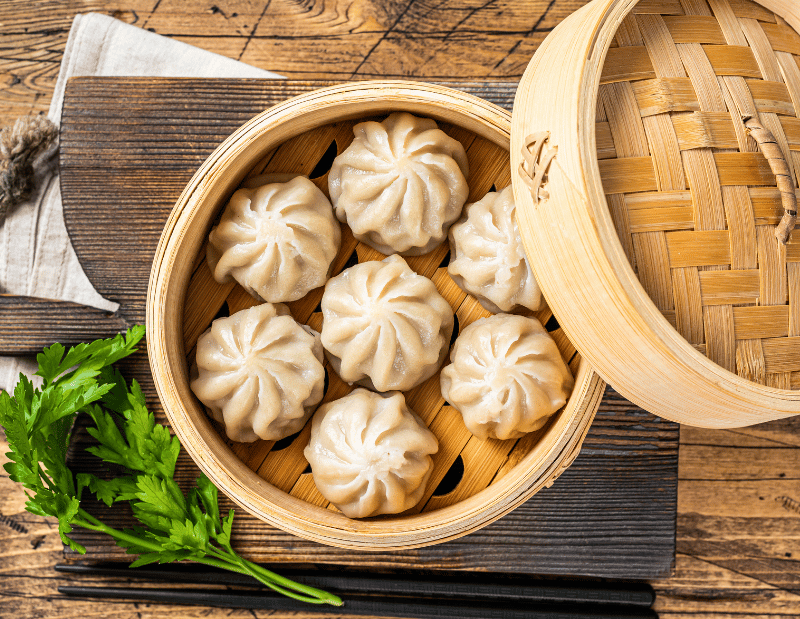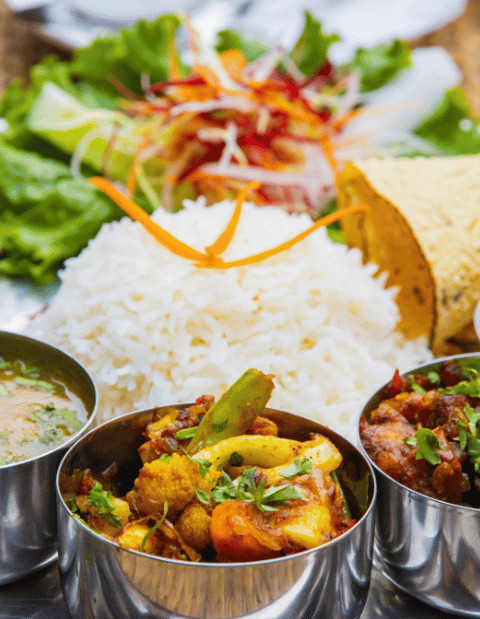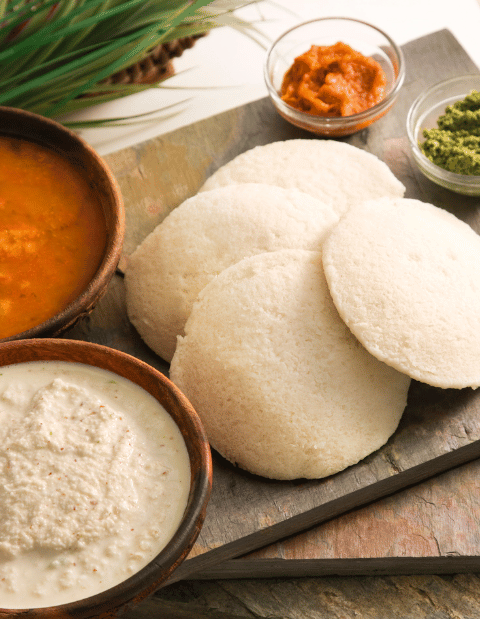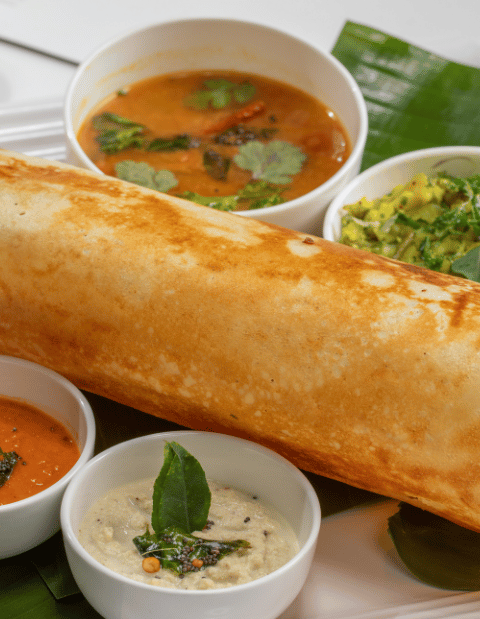Momo, a beloved Nepali dish, has gained immense popularity not only in Nepal but also around the world. These delicious dumplings, filled with a variety of fillings and served with spicy sauces, have become a staple in Nepali cuisine. But there is more to momos than just its mouth-watering taste. In this blog post, we will dive deep into the rich history of momos and explore the different types of momos that are enjoyed in Nepal and beyond. Get ready for a journey of momo madness!
Tracing the Historical Journey of Momos
Momo, a beloved Nepali dish, has a rich history that dates back centuries. While the exact origins of momos are still debated, it is believed that these delicious dumplings have their roots in Tibetan cuisine. The word “momo” itself is said to be derived from the Tibetan word “mog mog,” which means to “eat it” or “take it.”
The migration of Tibetans to Nepal, particularly in the 1950s, played a significant role in the introduction and popularity of momos in the country. Tibetan refugees brought with them their unique culinary traditions, including the art of making momos. Over time, momos became an integral part of Nepali cuisine, blending with local flavors and techniques to create a distinct Nepali style of momos.
The early versions of momos in Nepal were predominantly filled with minced meat, usually pork or buffalo, combined with spices and herbs. However, as the popularity of momos spread across the country, new fillings were introduced to cater to different tastes and dietary preferences. Today, you can find a wide range of momos with fillings such as chicken, vegetable, cheese, and even chocolate.
The technique of making momos has also evolved over the years. Traditionally, momos were handmade, with the dough rolled out into thin circles and then filled with the desired filling. The dough was then carefully pleated and sealed to create the signature dumpling shape. However, with the advent of modern technology, the process has become more efficient, with many restaurants and street vendors using machines to roll out the dough and shape the dumplings.
Momos have not only become a popular street food in Nepal but have also gained international recognition. The growing Nepali diaspora in various parts of the world has contributed to the global popularity of momos. Nepali restaurants, food trucks, and even momo festivals can be found in cities like New York, London, and Melbourne.
The cultural significance of momos in Nepali society is undeniable. They are often enjoyed as a special treat during festivals, family gatherings, and celebrations. The act of making momos has become a social activity, with family and friends coming together to prepare and enjoy these delicious dumplings.
A Deep Dive into the Different Types of Nepali Momos
Get ready to tantalize your taste buds as we take a deep dive into the mouth-watering world of Nepali momos. These delicious dumplings come in a variety of types, each with its own unique flavors and fillings. From traditional meat fillings to vegetarian and even sweet options, there is a momo for everyone to enjoy.
Let’s start with the classic: meat momos. These are the original momos that gained popularity in Nepal and are still widely enjoyed today. Traditional meat fillings include minced pork or buffalo, mixed with a flavorful blend of spices and herbs. The meat is finely chopped and seasoned to perfection, giving the momo a savory and juicy bite. It’s no wonder these meaty delights became a staple in Nepali cuisine.
For those who prefer a vegetarian option, vegetable momos are the way to go. These dumplings are filled with a mixture of finely chopped vegetables, such as cabbage, carrots, and green beans, combined with spices and herbs. The result is a delightful blend of flavors and textures, with each bite bursting with freshness. Vegetable momos are a popular choice among vegetarians and vegans alike, offering a tasty and satisfying alternative to the meat-filled counterparts.
If you’re feeling a bit adventurous, cheese momos are a must-try. These delectable dumplings are filled with a mixture of cheese, usually paneer or chhurpi, along with herbs and spices. When cooked, the cheese melts and becomes gooey, creating a heavenly combination of flavors. Cheese momos are often served with a tangy tomato-based sauce, adding an extra layer of richness to the already indulgent dish.
But wait, there’s more! Nepali momos have evolved to include a range of unique and unconventional fillings. Chicken momos, for example, are a popular choice for those who prefer poultry over red meat. The chicken is minced and seasoned with spices, resulting in a tender and flavorful filling. And for the dessert lovers out there, chocolate momos are a delightful treat. These sweet dumplings are filled with melted chocolate, creating a rich and decadent dessert that will satisfy any sweet tooth.
Whether you prefer the traditional meat momos, the refreshing flavors of vegetable momos, the creamy goodness of cheese momos, or the unexpected delights of chicken or chocolate momos, there is a type of momo that will cater to your taste buds. Nepali momos are a culinary delight that has captured the hearts and palates of people all around the world. So go ahead, indulge in the diverse world of momos and embark on a gastronomic adventure like no other.
The Culinary Techniques and Secrets Behind Momo Making
The art of making momos is a true culinary treasure. Behind the scenes of these delicious dumplings lie a variety of techniques and secrets that make momo-making an art form in itself. From the dough to the filling and the intricate pleating and shaping, every step in the process is crucial in creating the perfect momo.
Let’s start with the dough. The dough is the foundation of a good momo, providing the perfect texture and consistency. It is made from a simple mixture of flour, water, and a pinch of salt. The key to achieving the right consistency is to gradually add the water to the flour while kneading the dough until it becomes soft and pliable. The dough is then left to rest, allowing it to relax and become more elastic.
While the dough is resting, it’s time to prepare the filling. Each type of momo has its own unique filling, but the process of making the filling remains the same. The ingredients are carefully selected and prepared, ensuring that they are finely chopped and evenly mixed. This ensures that each momo has a balanced and consistent taste.
Once the dough has rested, it is time to roll it out. This is where the true artistry of momo-making comes into play. The dough is divided into small portions and rolled out into thin circles. The thickness of the dough is crucial, as it determines the texture of the momo. Too thick, and the momo will be doughy and heavy. Too thin, and it may tear or fall apart during cooking. The rolled-out dough circles are then ready to be filled.
The filling is carefully spooned onto the center of each dough circle, ensuring that it is neither too much nor too little. The edges of the dough are then carefully pleated and sealed, creating the iconic momo shape. The pleating is not only for aesthetics but also serves a functional purpose. It helps to ensure that the momo is well-sealed, preventing any leakage during the cooking process.
Now it’s time to cook the momos. There are several cooking methods, including steaming, boiling, or frying. Steaming is the most common and traditional method. The momos are placed in a steamer and cooked over boiling water until they are cooked through and the dough is tender. This gentle cooking method helps to preserve the flavors and textures of the filling, ensuring a mouthwatering bite.
Once the momos are cooked, they are ready to be served. Traditionally, momos are enjoyed with a variety of spicy sauces, such as tomato-based chutney or chili garlic sauce.
Exploring the Cultural Significance of Momos in Nepali Society
Momos are not just a delicious food; they hold a special place in Nepali society and culture. These humble dumplings have become a symbol of togetherness, celebration, and shared experiences in Nepali households. The cultural significance of momos goes beyond their taste, as they have become a part of Nepali identity and traditions.
In Nepali society, momos are often enjoyed during festivals, family gatherings, and special occasions. They bring people together and create a sense of unity and camaraderie. The act of making momos has become a social activity, where family and friends come together to prepare the dough, chop the vegetables, and fill the dumplings. It is a time of bonding and laughter, as stories are shared and memories are made.
Momos also play a role in Nepali hospitality. When guests come over, it is customary to offer them momos as a gesture of warmth and welcome. It is a way of showing appreciation and making the guests feel at home. Momos are often served with love and care, and the act of sharing them becomes an expression of generosity and kindness.
Beyond the domestic sphere, momos have also become a source of pride for Nepalis around the world. The growing Nepali diaspora has brought momos to various corners of the globe, and they have become a symbol of Nepali culture and heritage. Nepali restaurants, food trucks, and even momo festivals can be found in cities like New York, London, and Melbourne, where people from different backgrounds come together to enjoy these delectable dumplings.
Moreover, momos have become a source of economic opportunity for many Nepalis. In Nepal, momo stalls and restaurants are a common sight, providing employment for countless individuals. In addition, the popularity of momos has led to the creation of new culinary businesses, such as momo-making workshops and online momo delivery services. The economic impact of momos goes beyond just the food industry, as they contribute to the overall growth and development of the country’s economy.
The Evolution and Global Influence of Nepali Momos
The journey of momos from their humble beginnings in Nepal to becoming a global sensation is nothing short of remarkable. These delectable dumplings have not only evolved in terms of flavors and fillings but have also captured the hearts and palates of people all around the world.
In recent years, Nepali momos have gained immense popularity outside of Nepal, thanks to the growing Nepali diaspora and the rise of global food trends. Nepali restaurants, food trucks, and even momo festivals have sprung up in cities like New York, London, and Melbourne, offering a taste of Nepal to food enthusiasts from different cultural backgrounds. The international recognition of momos is a testament to their deliciousness and the hard work of Nepali entrepreneurs and chefs who have brought this beloved dish to a global stage.
As momos have traveled to new lands, they have also undergone exciting transformations. In order to cater to diverse palates and dietary preferences, new and unconventional fillings have emerged. Chicken momos have become a popular choice for those who prefer poultry over red meat, offering a unique twist on the traditional momo. And for the dessert lovers out there, chocolate momos have become a delightful treat, bringing together the sweetness of chocolate and the comfort of dumplings in one bite.
But the influence of momos goes beyond just their fillings. The art of momo-making has become a culinary trend in itself. Momo workshops and classes are now offered in many parts of the world, where enthusiasts can learn the techniques and secrets behind creating the perfect momo. Online momo delivery services have also emerged, allowing people to enjoy these delectable dumplings from the comfort of their own homes.
The global influence of momos extends beyond just the food industry. Nepali momos have become a source of economic opportunity, providing employment for countless individuals in Nepal and abroad. They have also become a symbol of Nepali culture and heritage, creating a sense of pride among the Nepali diaspora and fostering a greater appreciation for Nepali cuisine and traditions.
In conclusion, the evolution and global influence of Nepali momos is a testament to the culinary creativity and cultural significance of this beloved dish. From its humble beginnings in Nepal to its widespread popularity around the world, momos continue to capture the hearts and palates of people everywhere. So the next time you bite into a momo, savor the rich history and diverse flavors that make it truly special. Enjoy the momo madness!




